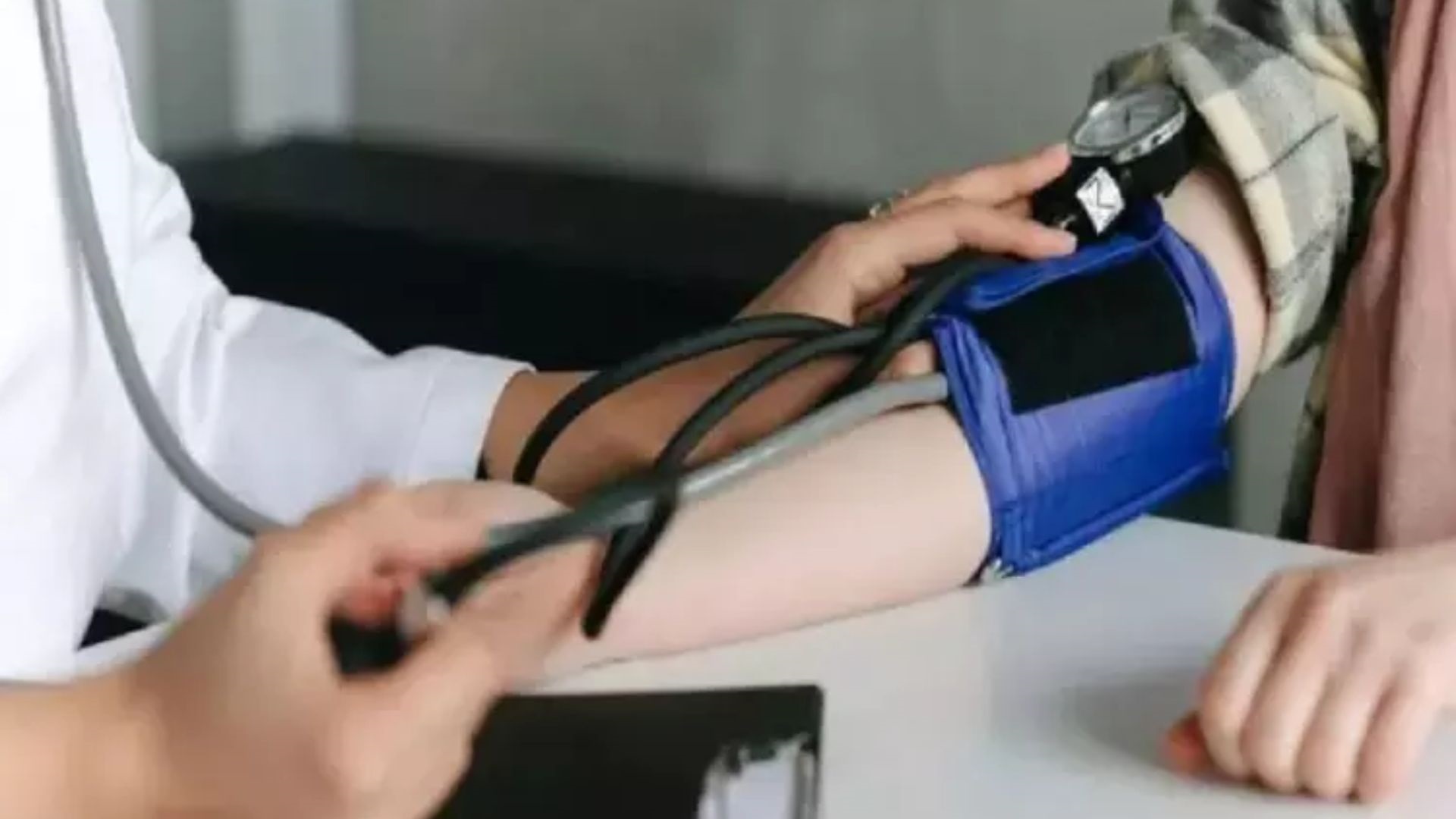A Michigan Medicine study has revealed that high systolic blood pressure (the top number in a blood pressure reading indicating how forcefully the heart pumps blood into the arteries) significantly raises the risk of the two most common types of strokes over time.
The study tracked the average systolic blood pressure of over 40,000 adults aged 18 and older, all with no prior history of stroke, years before their first stroke occurrence. Researchers examined three stroke types: ischemic stroke (caused by a clot blocking blood supply to the brain and accounting for over 85% of strokes), intracerebral hemorrhage (bleeding within the brain), and subarachnoid hemorrhage (bleeding between the brain and its covering tissues).
Findings indicated that a mean systolic blood pressure 10-mm Hg higher than average was linked to a 20% increased risk of overall stroke and ischemic stroke, as well as a 31% higher risk of intracerebral hemorrhage.
“Early diagnosis and sustained control of high blood pressure over a lifetime are vital for preventing strokes, particularly in Black and Hispanic patients who are more likely to have uncontrolled hypertension,” stated senior author Deborah A. Levine, M.D., M.P.H., professor of internal medicine and neurology at the University of Michigan Medical School.
Black patients showed a 20% higher risk of ischemic stroke and a 67% higher risk of intracerebral hemorrhage compared to white patients. Hispanic patients faced a 281% higher risk of subarachnoid hemorrhage, but no increased risk for other stroke types, compared to white patients.
While Black and Hispanic patients exhibited a higher stroke risk, the study found minimal evidence suggesting that race and ethnicity influenced the relationship between cumulative systolic blood pressure and stroke type.
“Understanding racial inequities enhances our comprehension of the social, economic, and political factors influencing health behaviors and stroke risk among racial and ethnic minorities,” said first author Kimson E. Johnson, Ph.D., M.A., M.S.W., postdoctoral research fellow at the University of Michigan.
Systolic blood pressure is a modifiable target for stroke and cardiovascular disease prevention. However, a national study from 2020 found that blood pressure control in the U.S. worsened from 2013 to 2018, particularly among Black and Hispanic adults. Self-monitoring of blood pressure is effective and cost-efficient for improving diagnosis and control, yet it remains underutilized, according to Levine.
‘Two major barriers to self-monitoring are lack of patient education and insurance not covering home blood pressure monitors, which cost $50 or more,” Levine explained. “Healthcare systems and providers must educate and encourage patients to monitor blood pressure at home, and insurers should cover these monitors to help optimize blood pressure control and reduce stroke risk.’




















